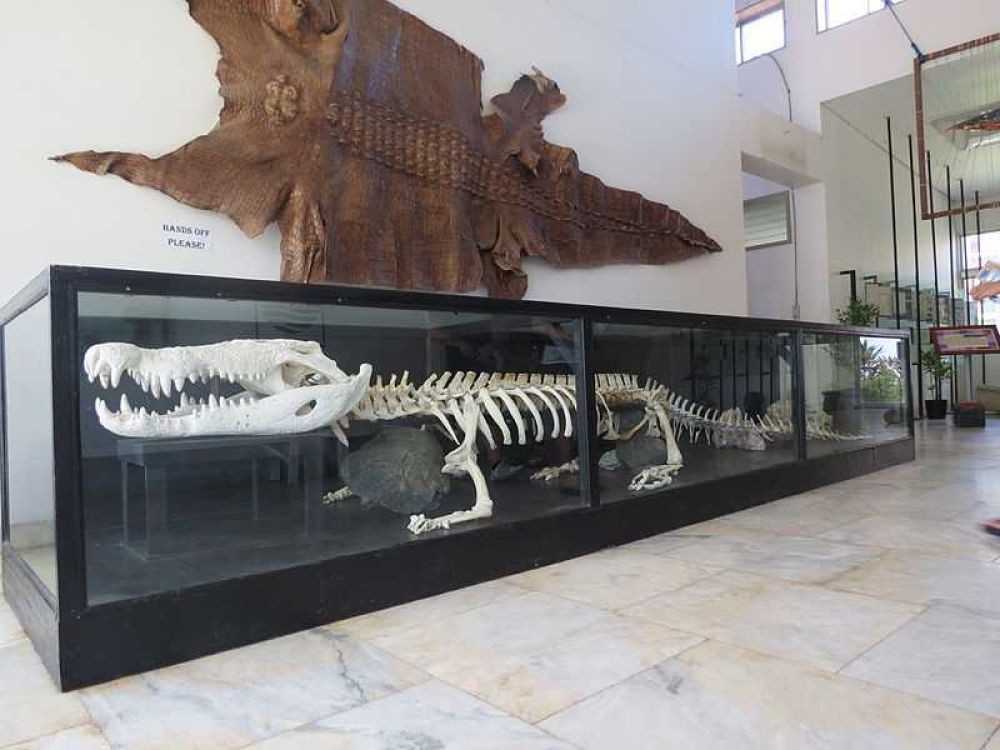

The Palawan Wildlife Rescue and Conservation Center, which was initially known as the Crocodile Farming Institute, is located in Puerto Princesa, Palawan, Philippines. Established in 1987, this center has played a significant role in wildlife preservation and has consequently become a popular destination for eco-tourists and animal enthusiasts from around the world.
The center started primarily as a conservation project aimed at preserving and conducting research on the endangered Palawan Crocodile. Over time, its mandate expanded to include the rescue and conservation of other wildlife species. The shift in focus led to a rebranding of the institution to its current name, reflecting the broader range of conservation activities.
Tourism at the center began to pick up pace as global awareness of environmental issues increased. Visitors are drawn to the center's efforts in wildlife rescue and rehabilitation. The facility includes a crocodile farm, a nature park, and a mini-zoo that houses various species native to Palawan and the surrounding regions.
Guests to the Palawan Wildlife Rescue and Conservation Center can enjoy guided tours through the facility, learning about the life cycle and habitat of the Palawan Crocodile. The center also educates visitors on their efforts in conserving endangered species and promoting sustainable practices for environmental protection.
A highlight of the tour includes the opportunity to see crocodiles of all sizes, from juveniles to full-grown adults. Besides crocodile viewing, the mini-zoo presents a chance to encounter other species such as bear cats, deer, and a variety of birds, all while strolling through beautifully maintained pathways surrounded by lush greenery.
In recent years, there has been a significant shift towards responsible tourism, with travelers becoming more conscious of their environmental footprint. This has resulted in an increase in eco-friendly practices within the center, such as the implementation of educational programs focusing on conservation and biodiversity. The center has also placed limits on the number of visitors per day to minimize the impact on the animals and their habitats.
Digital technology has played a role in the center's visitor experience as well, with interactive displays and the use of social media platforms to engage a wider audience. Virtual tours and online educational resources have also been developed, particularly in response to travel restrictions due to the COVID-19 pandemic.
The Palawan Wildlife Rescue and Conservation Center contributes to the local economy and provides job opportunities for the community. It also plays a significant role in wildlife preservation by rescuing injured or displaced animals and participating in various research programs.
Tourism and conservation go hand-in-hand at the center. The revenue generated through tourism helps fund the conservation work. As a result, each visitor to the center plays a part in supporting the rescue and rehabilitation of wildlife in Palawan.
Visiting the Palawan Wildlife Rescue and Conservation Center is more than just a tourist activity; it is an educational experience that promotes awareness and inspires action towards environmental stewardship.